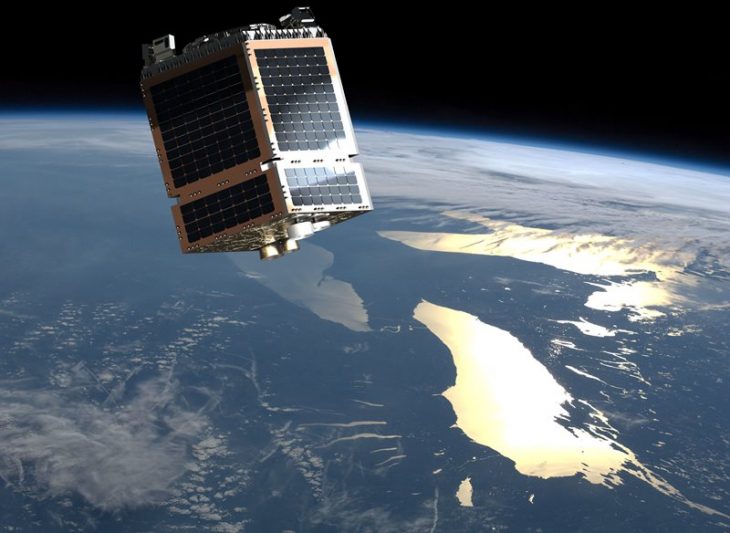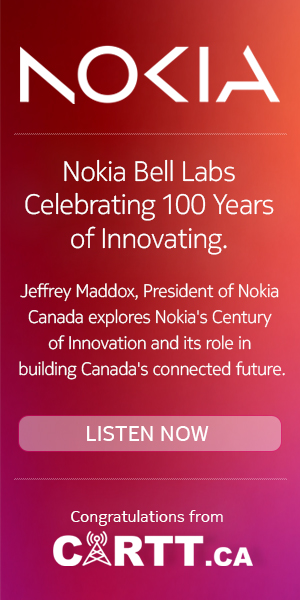
OTTAWA – Telesat and OmniAccess have signed a major, multi-year contract for broadband service on Telesat’s global Low Earth Orbit (LEO) satellite constellation, which is scheduled to enter commercial operations in 2022.
Headquartered in Palma de Mallorca, OmniAccess is a specialized maritime connectivity solutions provider. The agreement provides it with certain limited exclusivity to serve the superyacht market.
According to the news release, Telesat LEO’s advanced combination of high throughput, low latency and full global coverage (including over the poles) will allow OmniAccess to deliver an unsurpassed user experience to its customers, including vessels on difficult to serve ocean routes. Telesat LEO will have the added capability to concentrate capacity into areas of highest demand, such as major seaports, providing greater capacity than is available from other systems.
“Leading satellite broadband providers like OmniAccess, regardless of the market vertical they serve, recognize the importance of providing their customers with the most high performing connectivity services available,” said Telesat president and CEO Dan Goldberg, in the release. “Telesat’s state-of-the-art LEO constellation will deliver an unmatched broadband experience – affordable, high throughput, ultra-low latency, and ubiquitous coverage – providing companies like OmniAccess with a sustainable competitive advantage in their markets. We look forward to working with OmniAccess to deliver a disruptive broadband experience for their growing base of high end maritime customers.”
“It is difficult to overestimate the impact the advent of Telesat’s unique LEO service will have on the maritime industry at large,” added Bertrand Hartman, CEO and founder of OmniAccess. “Telesat LEO will allow us to offer a truly global service, combining an extreme level of availability, unprecedented speed levels and an ultra-low latency that rivals, or even exceeds, the fastest of today’s land-based fiber connections. For the first time in history, onboard systems and services will no longer be restricted by the limits imposed by today’s GEO and MEO-based technologies, finally bridging a digital divide that has held back onboard IT applications for so long.”



